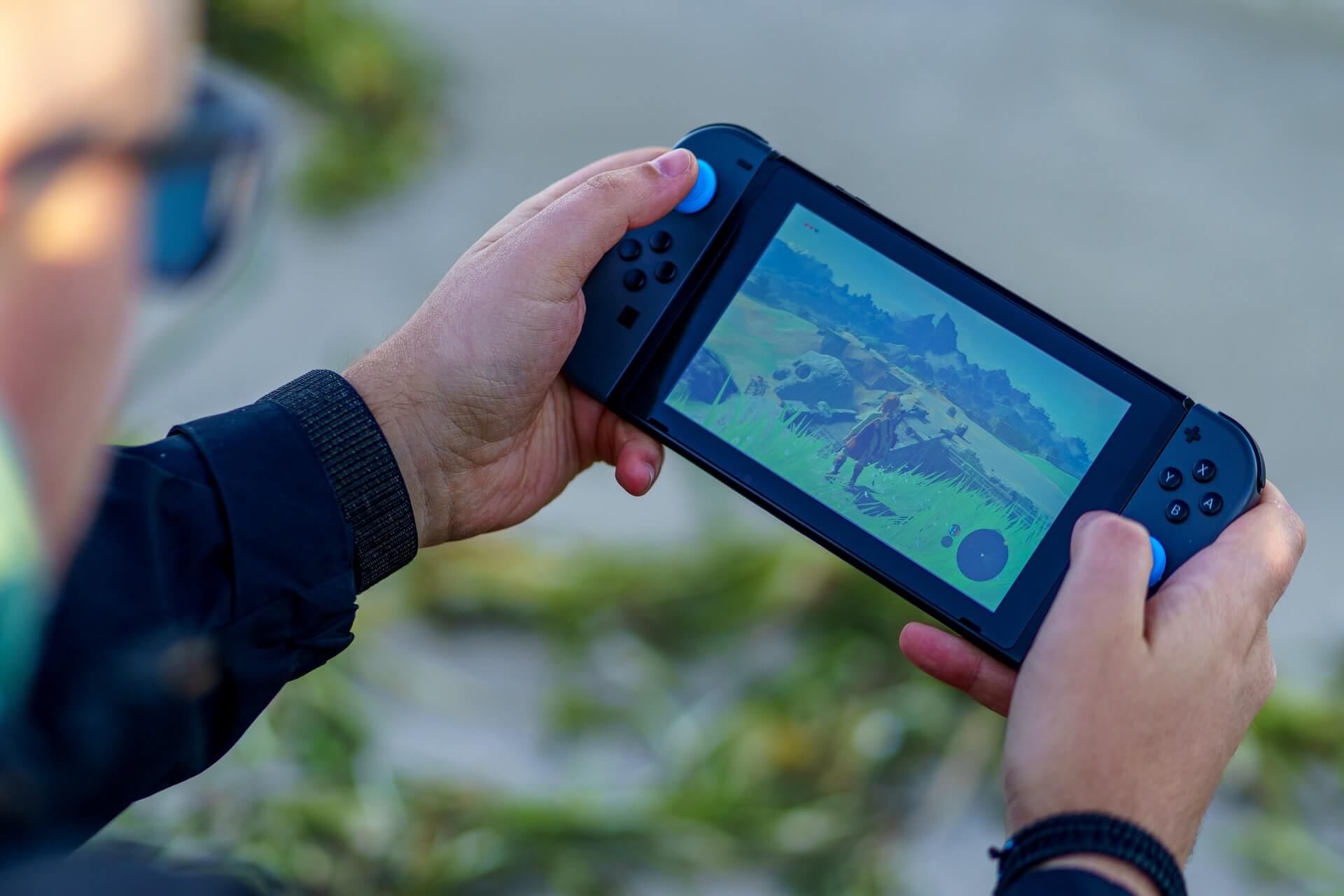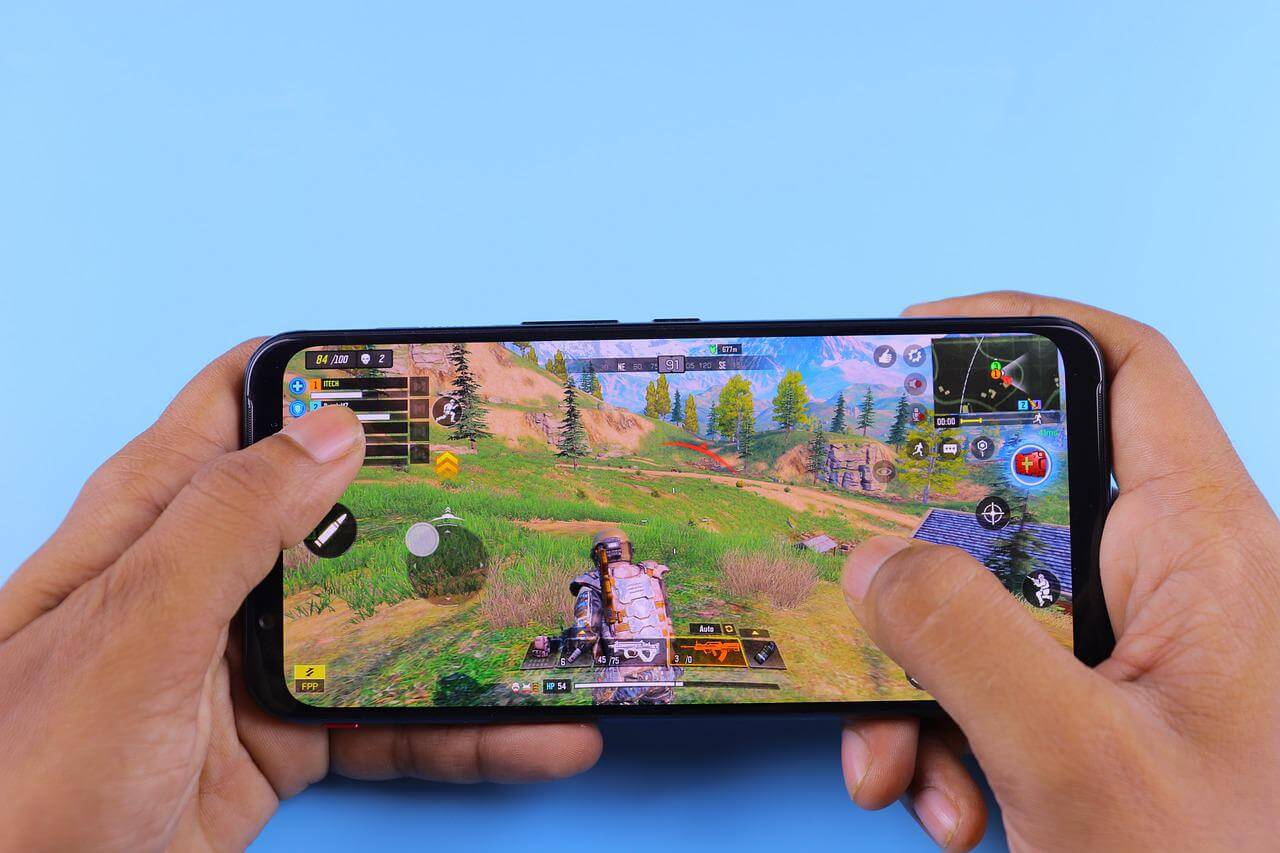Every year, casual mobile games are growing in popularity. In 2021 alone, casual mobile games generated revenue of up to $16.25 billion.
In 2022, it is estimated this form of gaming will garner approximately $18.02 billion; by 2026, this figure is projected to exceed $23.52 billion. In addition, by 2022, in-app purchase (IAP) revenue is expected to reach $9.41 billion.
What is a casual mobile game?
A casual mobile game is a game genre with features that can attract almost anyone. Everyone can play these games. The rules are simple, and the sessions are short. They have a low barrier to entry.
There are various monetization strategies that game developers employ to generate revenue. The model that most game developers and marketers use is the free-to-play (F2P) one. In this model, games are monetized via in-game ads and in-app purchases.
Organic vs. paid mobile game marketing
First, it is crucial to understand the fundamental difference between organic mobile games and paid marketing.
Organic mobile game marketing refers to all types of free marketing strategies that app developers and marketers employ to get more users. For example, you can regularly publish content on company-owned websites and social media channels. App store optimization is another way to acquire gamers also without spending a single penny directly.
Paid marketing, however, refers to paid advertising campaigns that you run on various ad networks. If you want to develop an effective user acquisition (UA) model that will get you the best results, you should include both strategies.
How does paid mobile game marketing work?
Paid advertising will help you reach your potential user quickly. Nevertheless, if you are planning to use this model to acquire new users, here are some things that you must keep in mind:
1. Target audience
Who is your target audience? A successful paid mobile marketing strategy requires you to identify your target audience. Create user personas by narrowing down various aspects such as location, age, gender, and interests.
For example, Your segment of the target audience could be male gamers aged 21–35 from the US. Regardless, keep in mind that effective paid mobile marketing campaigns involve identifying multiple target groups—not just one.
Today, app stores offer consumers a multitude of gaming options. Consequently, the competition to get their attention and engagement is fierce. The ultimate goal for app developers is to ensure that the users keep coming back to play the game repeatedly. If players only play the game once or twice and forget to use the app later, it will not bring the company any revenue whatsoever.
Two factors that define the success of mobile gaming apps are motivational drivers and player archetypes.
Photo by Eugene Chystiakov on Unsplash
2. Motivational drivers
Everyone plays games for different reasons. Some gamers play to increase analytical thinking or problem-solving skills, while others play them to sate their competitive or creative urges.
When app developers create a game, they need to use one of these frameworks. Here are eight player-motivation types. Pick one that will best work in engaging your users.
- Competition: These are people who love to compete with others. Players will come back to use the mobile app whenever they want to compete against another player and win the game.
- Reasoning: People love to use logic to solve complex problems in a casual game.
- Exploration: Games that allow players to check for hidden items or collectibles. Exploration increases the excitement.
- Relaxation: Some players use games to get away from stress and rejuvenate themselves. These games focus on that aspect.
- Skillfulness: Casual and hyper-casual games permit players to compete against a system or another player to show their skill.
- Creativity: Games that allow people to create various items and share them with others.
- Achievement: These games allow gamers to make strides and progress.
- Socializing: Socializing is something that some people love doing. These games allow users to interact with other characters within the game or share things with a community.
Photo by Eugene Chystiakov on Unsplash
3. Player archetypes
Based on motivational drivers, there are around eight player archetypes. Understanding what they are will help you focus on your target audience:
- Expressionists: These are gamers who love to express themselves through storytelling or role-playing, decoration, and customization.
- Skillmasters: A group obsessed with improving their gaming skills.
- Kings of the Hill: This group is competitive and loves playing against other people.
- Networkers: Users who see gaming as a social activity and love working with others to reach a goal.
- Thinkers: App users that love to use their minds. Puzzles and brainteasers are some of their favorite games.
- Strategists: These are people who love to use planning and strategic thinking when playing mobile games.
- Treasure Hunters: Users who love to collect in-game items.
- Thrill Seekers: Gamers looking for action and excitement. What makes them happy is the adrenaline rush from playing a fast-paced game.
Creating impressive ad creatives
Photo by Jason Goodman on Unsplash
Put in your best efforts to create ad creatives that stand out, ones that will effortlessly attract users to the Google Play Store and download the app.
1. Video ads
The video ad is the best way to appeal to your target audience. As such, video creatives can help get the highest conversion rates. To make this strategy work, however, the playable ad should be attractive so that the user will be tempted to click and watch.
Here are some important ideas when creating a video creative:
- Undertake competitor analysis and market research
- Keep in mind that Facebook’s ad library is a great place to find this information
- Write a script and create an outline before taking things further
- Include game footage in the ad
- Each ad creative should focus on meeting one player‘s motivation/game feature
- The first few seconds of the ad should be eye-appealing and engaging
- Keep video ads short so that you can reach more people
- Some video developers or marketers use fake creatives from their hyper-casual games to attract a crowd to download the game, but this will not help in retaining players or making money
- Always have a call to action at the end of the ad creative
- It is best to do an A/B test to check which ad is yielding results and which ones are not
2. Social media advertising
One of the best ways to reach the right target audience and get more downloads is by publishing ads on various social media platforms. TikTok, Facebook, Instagram, and Twitter can help you connect with many people and build a community for your game.
Different filters on social media platforms allow you to target a specific group of people. Social media channels also have analytics reports that help you see the ads that are performing well and the ones that are not up to the mark. Through this, you can adjust the ad as necessary.
3. Influencer marketing
Influencer marketing is one of the best ways to reach potential users. Approximately 89% of marketers claim that, compared to other marketing channels, the return on investment from influencer marketing is excellent. By getting them to endorse your product to their followers, influencers can help penetrate the gaming market with ease.
Organic mobile game marketing
Here are some tips that will help you market your product without spending any penny:
1. Game title
The title you pick will significantly impact how people perceive your game. It is wise to keep a catchy title that is not longer than two to three words max. Ensure that you use a descriptive title so that consumers will know what to expect when they download the game.
2. Game icon
A game icon is something that people see in the app store and the title. Hence, it would be best if your creative team worked on developing an attractive game icon. It is always best to do market research and competitor analysis before creating the game icon. Modern and cartoonish styles are the most popular ones.
3. Keywords
Research to identify keywords that best describe the casual game you have developed. Include those words and phrases in descriptions and the keyword field. Don’t forget to include the main features and functionalities. If you research your competitors, you will know what keywords they are targeting.
4. App promo video and screenshots
Let gamers know what you’re offering. Take screenshots that you think will attract them. Don’t forget to create an app promo video that is attractive. Videos are powerful.
In conclusion
There are numerous ways to promote your casual mobile game to acquire new users. Instead of relying on one marketing strategy, use both organic and paid marketing strategies to reach people. Experiment until you get the best results.






